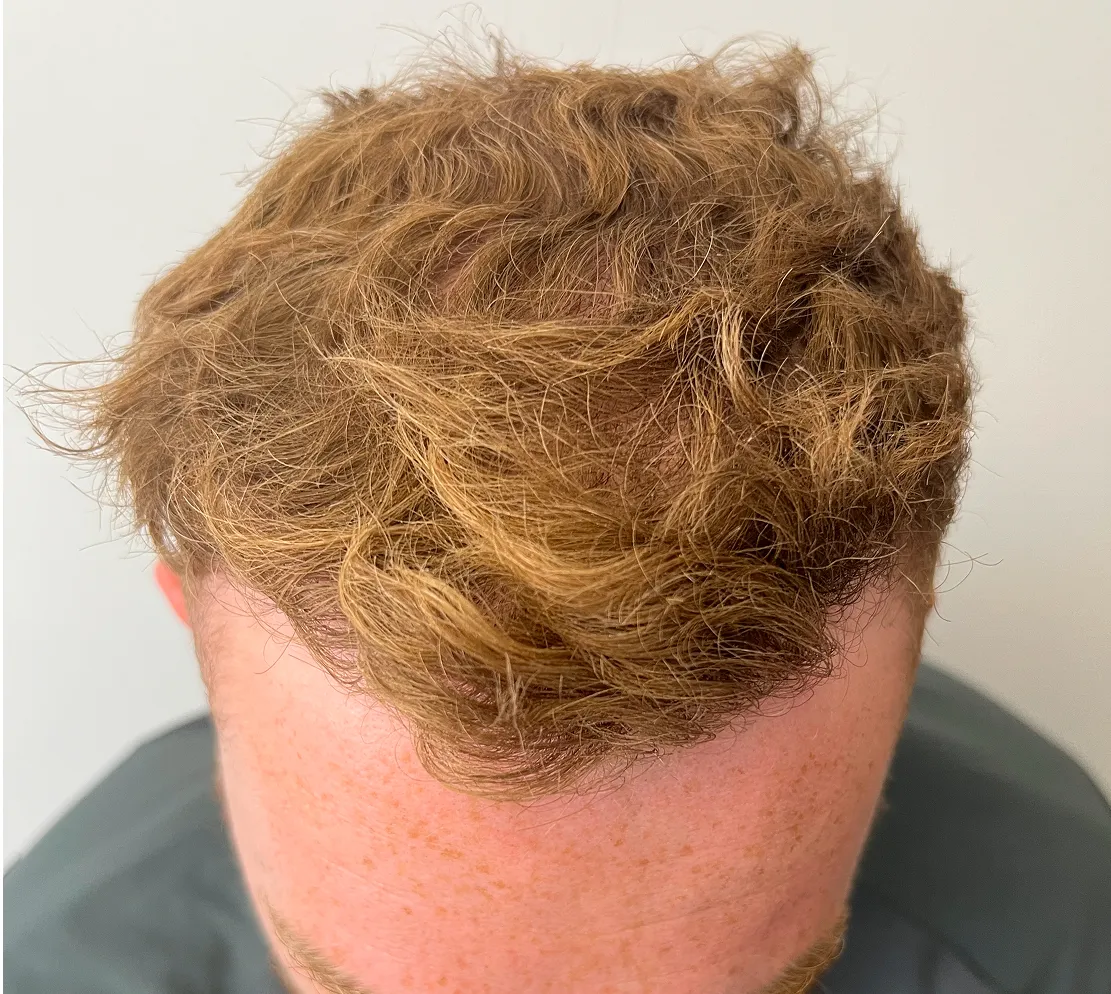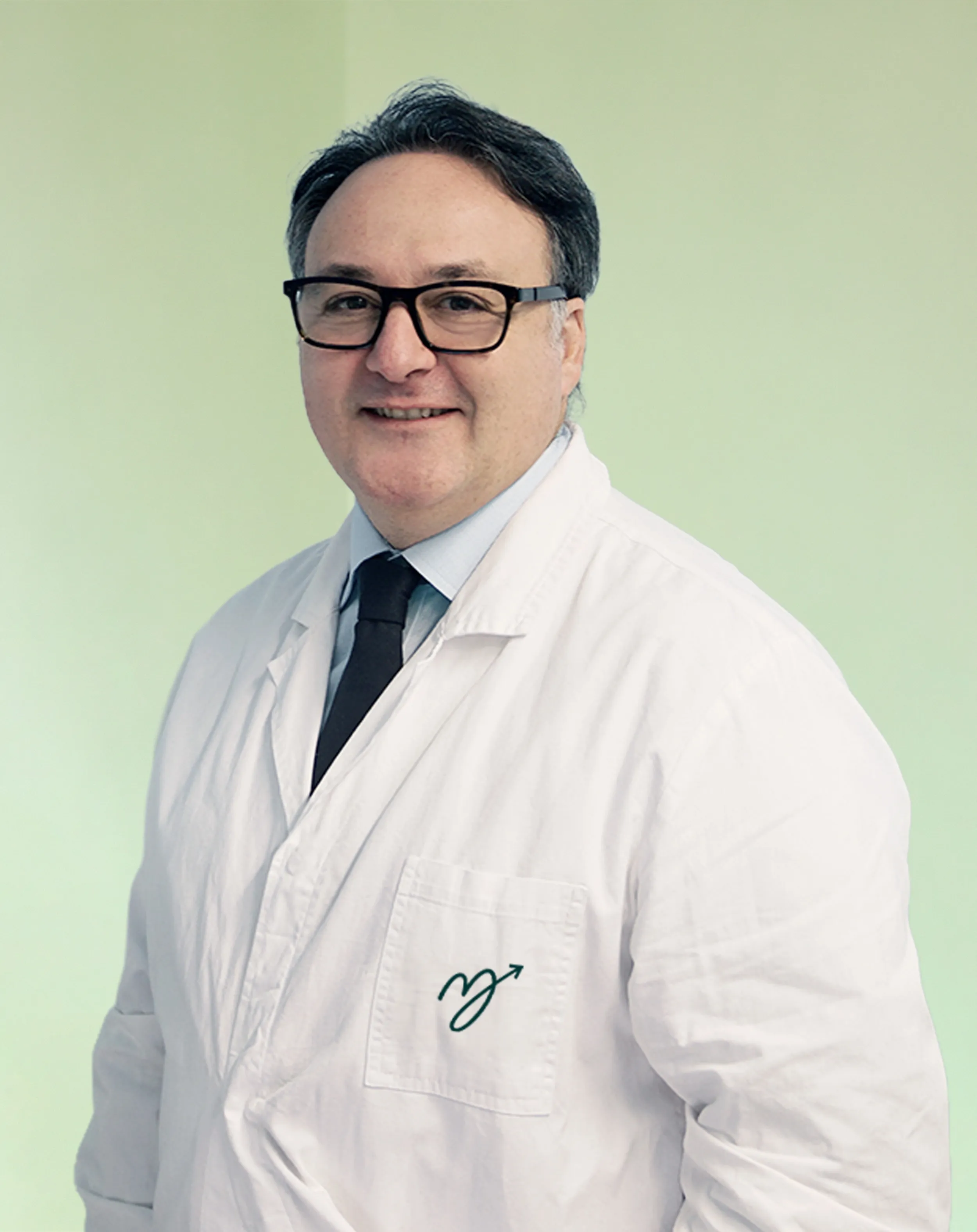Transplants from the UK's largest hair loss clinic
Regrow your hair with the UK’s most trusted hair clinic. MANUAL has helped over 200,000 men with hair loss get back their confidence.
Transplants from the UK's largest hair loss clinic
We have performed over 8,000 hair transplants






Our surgeons have conducted over 8,000 successful transplants



Adams hair transplant journey with MANUAL
Transplant
Transplant
Explore our clinics


Get the results you want




We believe everyone should have access to great hair transplants

Transparent prices
Untransparent pricing and hidden costs

Our surgeons only work for us, no additional fees

Work for multiple clinics, incurring additional fees

Transplants are performed by our experienced surgeons

Transplants performed only under surgeon supervision

Finance your transplant at 0% interest over 12 months

Requirement to prepay for your transplant in full

0% financing available
Finance your transplant at 0% interest up to 12 months.
MANUAL Pricing Structure
Our pricing structure is based on “graft buckets” as opposed to per graft or per hair, our prices are transparent: you will never pay for more than you need or are quoted.

0% financing available
Finance your transplant at 0% interest up to 12 months.

0% financing available
Finance your transplant at 0% interest up to 12 months.

We believe everyone should have access to great hair transplants

Transparent prices
Untransparent pricing and hidden costs

Our surgeons only work for us, no additional fees

Work for multiple clinics, incurring additional fees

Transplants are performed by our experienced surgeons

Transplants performed only under surgeon supervision

Finance your transplant at 0% interest over 12 months

Requirement to prepay for your transplant in full
How it works

1. Surgeon consultation

2. Day of surgery

3. Aftercare





Hair transplant methods

During your consultation we’ll work with you to understand your hair restoration goals and evaluate the best treatment for you.

Suitable for all types of hair loss. FUE transplants involve follicle extraction and implantation, done manually by the surgeon using fine forceps.
Learn more
Suitable for all types of hair loss. FUE direct hair implantation transplants involve follicle extraction and implantation, done manually by the surgeon using an implanter pen.
Learn more
In FUT surgery, a thin strip of hair is removed from the back of the head from which individual grafts are taken and implanted into balding areas.
Learn moreYour questions answered
Dr. Raja answers some common questions about hair transplants


Hair transplant FAQs
Is a hair transplant right for me?
There are numerous factors that determine whether a hair transplant is right for you, including:
Your age
Your existing level of hair loss is a major factor in determining whether a hair transplant is the right course of treatment for you. If your thinning or balding isn’t very severe it may be treatable with medications. If your hair loss is too severe, there may not be sufficient donor hair available to perform an effective hair transplant.
Donor hair density
Good hair density on the back and sides of the head is one of the most important factors. This is where donor follicles are usually harvested from, so density in these areas is critical in determining if a transplant will be a success for you.
Hair texture
All hair types are suitable for hair transplant surgery. Patients with curly or wavy hair can often expect better outcomes with a lower volume of grafts as this type of hair may improve the appearance of density. Afro-textured hair is a good example of this principle, as the hairs curl back on themselves, this can give a “double density” effect which means we can achieve great results with a smaller volume of grafts.
Hair thickness
Candidates with thicker hair require fewer grafts to achieve a natural looking result because their hair is likely to conceal the underlying scalp more effectively.
You’ll start to see the full results of your hair transplant after 12 to 18 months, when most of the transplanted hair follicles will have reached their full potential. We expect the majority of the transplanted hairs to remain permanently, although you can expect a small amount of shedding as you age.
It’s important to note the role of non-surgical treatment, namely medication, alongside a transplant. As well as ensuring that you achieve the best results from your procedure, hair-loss medication will help you maintain hair in other areas that may be vulnerable to thinning. Most patients will warrant another procedure or a smaller, top-up procedure if their hair loss progresses - we’ll discuss this with you in your consultation to ensure that you have a thorough long-term plan to manage your hair loss.
All current hair transplant procedures will cause some degree of scarring. However, a procedure performed by an experienced surgeon will result in minimal, virtually undetectable scars. Scars from FUE techniques are often not visible at all once there is even a small amount of growth in the donor area. FUT procedures leave a linear scar which may be more apparent with shorter hair so this method tends to suit those who plan to keep their hair longer.
Hair transplants are performed under local anaesthesia - once the initial injections have been administered you should feel no pain or discomfort during the procedure. Our patients often find the procedure relaxing and many fall asleep. You can expect some minor swelling and mild discomfort after the procedure but this will subside and is easily managed with medication. The day following your surgery you should have no significant pain or discomfort.
Following your surgery we’ll prescribe a tailored selection of medications to prevent infection and alleviate any potential discomfort:
1. Antibiotics to minimise the risk of infection
2. Antihistamines if required, to reduce scalp itchiness post-surgery
3. Painkillers to reduce discomfort post-surgery
4. Steroid tablets may also be prescribed to prevent and reduce swelling
We will also prescribe hair-loss medications to enhance and maintain the results of your hair transplant
Most of our procedures are performed using a part-shaven technique which allows you to keep most of the hair on top whilst we trim the donor area to facilitate extraction. However, we also offer unshaven FUE hair transplant (UFUE) and direct hair implantation methods which allow us to perform the procedure without having to shave a larger area. This may not be achievable for all patients so we suggest discussing this with your surgeon during your consultation.
The recommended transplant procedure will depend on your level of hair loss and personal preferences. We therefore advise all of our patients to speak to one of our hair transplant specialists who will pass your details on to one of our surgeons and they will create a bespoke hair transplant plan that will best suit your hair restoration requirements.
You can expect to see new, sustained hair growth at month 3 following your procedure - after the shedding phase. This time frame varies from patient to patient, however, so it could take a little longer. The initial growth is gentle which has the benefit of making your transplant seem “undetectable” but your hairs will gradually start to thicken and look more voluminous.
After 12 to 18 months, you will see the full results of your hair transplant and can show off your new hair with confidence.
.svg)
.webp)
.webp)





.webp)




.webp)
.webp)

.webp)

.svg)

%20(1).webp)

.webp)


.webp)
.webp)

%202.webp)
.webp)
.webp)
.webp)
.webp)
.webp)
.webp)
.webp)
.webp)

.webp)
.webp)
.webp)
.webp)
.webp)
.webp)

.webp)
.webp)
.webp)
.webp)



















































.webp)








































